Particle Evolution
1 - Primal Matter
2 - Universal Particles - (UDMP's)
3 - Torus Strings - Bonded Universal Particles
4 - Evolved Particles - Proton,
Electron, Neutron and Neutrino (PENN)
5 - Collision Particles - Quarks, Leptons, Boson's, Hadrons and Fermions
(QLBHF) |
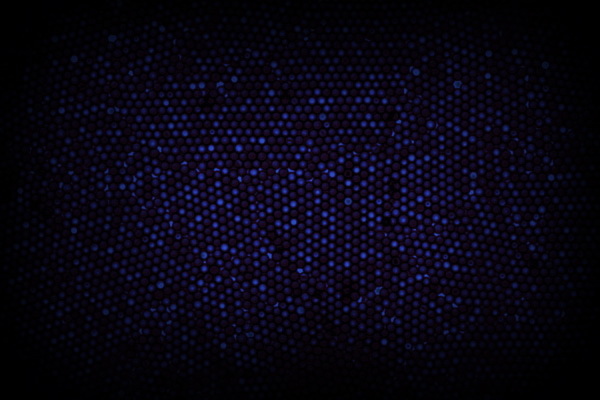 |
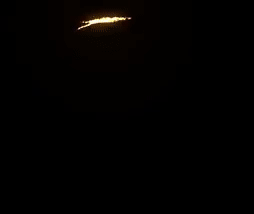
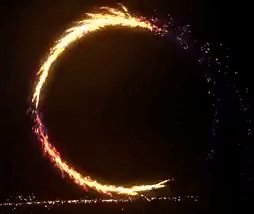 
   |
welcome (youtube videos)
1 - Primal Matter (sand formulation) - This evolutionary theory is unique to the Logical Universe
because nobody has addressed what produced the Big Bang. It was
assumed that the Universe started with a
blast of pure energy. Oh my, this from the get go is suspicious. TLU says
not so fast, how do you spell assume? Where is the criteria for this belief. Ok, so
what caused the Big Bang? Only The Logical Universe starts at the beginning.
(b) First on the list is not energy. This is because energy can be created and
eliminated, but, matter can not. So it is matter that's the basic material of
existence, not energy. (c) TLU says there are
two formulations of matter. They are Primal Matter, and Universal Particles.
(sand and spheres of sand). The first one we will talk about is Primal Matter.
At the very basic level Primal Matter is the substance that
can't be created or destroyed and has height, width and depth. Each tiny
granule is super small and just
above the plank scale of measureable existence. How did you determine that
matter is so small? The answer is simple, because Matter and the movement that
matter has, must be able to create all of Space. This is the only scale of matter,
that has the ability
to produce the amount of space that we observe, and not bigger chunks of matter.
(d) When tiny bits of Primal Matter move, vibrate, and collide with each other, it produces
the second part of Space. In other words,
Matter creates space, but, its external energy is what produces more of it.
What? Yes... Tiny matter grains can vibrate, move about, and bump into each
other. This creates a spatial force that has height width and depth, but does
not increase the amount of matter. So there are two spatial phenomena; matter,
and the space that energetic matter creates. This means there can be a vast
expanse of matter with energy. (e) Now it gets interesting. TLU says there is no
vast expanse of nothing, because, nothing has no height width or depth, but
space does. So what's missing? it is energy and its spatial force... We
call this energy a non-polarized magnetic space. So now there can be a medium of
Matter with an energetic force and no empty void. This space that is created is
called Primal Space. Now for a very important part of the Primal Space. Primal
Space is not the Dark Matter Sea. That step hasn't ben reached yet. Primal Space
has spatial properties, but it is not a polarized
medium.
Universal Particle (UDMP)- A fundamental structure of
Primal Matter locked in a spherical shape by spinning energy. If the particle has no rotation,
there will be no gravity or magnetic effect. It is
their spin that creates the magnetism, that creates a spatial pulling pushing
force, that
creates the sphere. (a) There is a Universe full of these
compressed particles in a Super Colossal Black Star. This could also be called
a "Monolithic Singularity." (b)
When Primal Matter and its space, enters the magnetic containment field of a
Spinning Colossal Black Star,
all rotation of perimeter particles slow down, then stop. The attraction force of
the Super Star has been eliminated and a decompression force takes over. The
stars Gravity has been replaced with Anti-Gravity and expanding Universal Particles, thus creating more and more
Mass.
(c) Because the Super Star is still
spinning, it transfers this energy to its Expanding Particles, thus creating
super compressed tiny spinning spheres. (d)
The
Primal Matter is also caught up in this
energy transfer, and makes even more spheres with compressed spin energy. This
is the only way that Universal Particles are created. They are cloned by
compressed rotating sibling particles, and have the enormous potential and spin energy of
the
Universal Black Star. (e) As Universal
Particles expand and evolve, they develop an internal and external space, a polarized
force. This is what produces the Mass
of the Dark Matter Universe. (UDMPS).
Primal Matter and its Non-Polarizing space, plus Universal Particles and their Magnetic
Force, is what makes up all of Existence.
There are no Voids in-between. This seams unbelievable because of the vastness of the Cosmos. We have been
conditioned to believe that Space is a huge expanse of nothing, with particles
and matter floating or traveling thru it. As you will see, this can not be the
case. (b) For Dark Matter Space to be able to expand and contract, there must be
a magnetic force, and you cant have a magnetic force without matter and active
energy.
A magnetic force
won't pull or push in a Void. A hypothetical Void has no energy or matter and can't spin,
expand, or contract, it is nothing. So, it is
Matter with its spatial force that does the spinning, attracting and pushing.
This means that all of Dark Matter Space is Magnetism and Matter. There can be no
Vast expanse of Nothing. This is because Light, Magnetic Waves, Gravity
and Anti-Gravity occur between all "Now Points" of the Cosmos. These energies
can not trans-verse a void! This is because they need a medium to pass on
their energy. Forget about
packets of energy and matter, this idea is
just too fanciful, and has no explanation for evolution or existence.
Now that we have established the basic primal building blocks and the forces
of space, it is time to explain how Protons, Electrons and Neutrons form. This
is easy because we have the basics in place. Quarks, Leptons and Bosons are not
part of this process. They can not in any stretch of the imagination evolve and
combine to form PENN particles given the state of the Universe at this point in time.
Creating a Proton
A PENN particle |
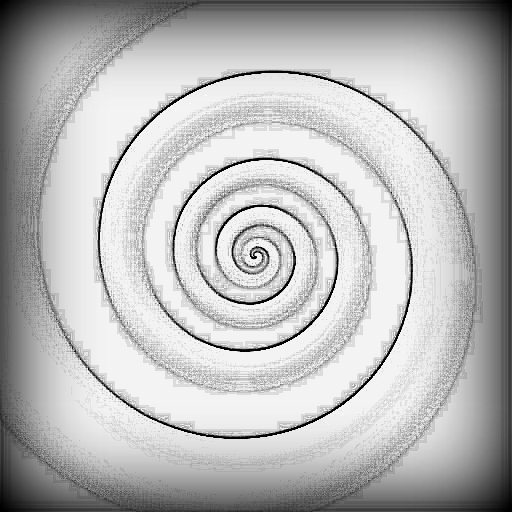 |
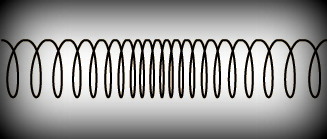 |
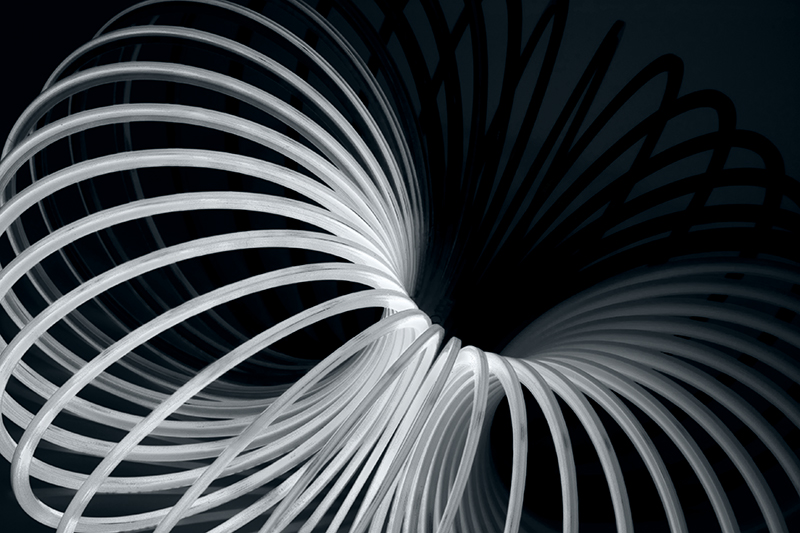 |
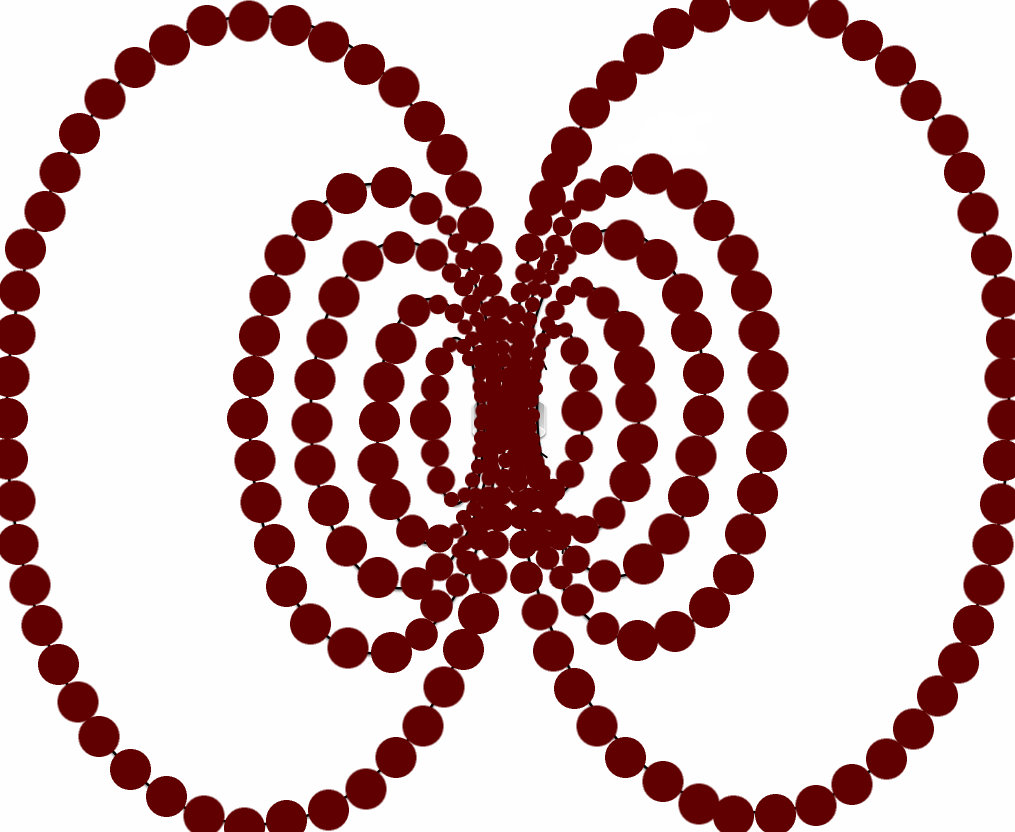
Proton simplified, partial configuration.
Each red particle is spinning
cw.
The whole structure is rotating
cw.
The open ccw fields are not shone. |
When Proton forming occurred after the
big bang, some spinning highly energized universal particles, started to group
Magnetically in the expanding Dark Matter Sea. Because of the individual
particle spinning energy, some of their axis of rotation began lining up in a
pole to pole to pole configuration. Next, because same direction rotation attracts,
these poles influence each other. Eventually they will magnetically
engage and form a magnetic string of particles. The poles of the individual universal particles
in the string never actually touch because adjacent
particles keep them ever so slightly apart. This is how a Torus Magnetic
Field is created. It's just like strands of pearls. All particles in the strings
are synchronized and spin either
cw or ccw perpendicular to the plane they are in. These are
some of the properties that Torus fields have. They can also extend, get bigger,
or form a more complex intertwining Yarn size cables. These
intermixing string like fields are the first structures to form after the Big
Bang, and is what creates a foundation for Protons.
The Proton - (a) Because of a general
direction of all particles in the expanding Universe, multitudes of cork screw
Torus patterns evolve
in the Dark Matter Sea.
This produces magnetic bonded strings of universal particles. Adjacent particles
also align and compliment the strings, thus forming thicker and longer multiple
strands. Eventually a energetic looping yarn size rope can form. If these looping yarn type fields wrap around themselves, the loops can close off from the
rest of the matrix and become magnetically bound. This is
exactly how each Proton forms. (b) The Protons now have
cw looping magnetic fields
passing through a center axis, and, ccw looping yarn fields in-between that don't. These
ccw
yarn fields are squeezed out
thus preventing them from closing their loops. TLU calls this phenomena of
Energy and Matter, a composite SML structure. Because the cw looping
yarn fields have more particles and exposure, the structure has a positive charge, and is
now called a Proton.
(c) The proton has its internal, external spin
and flow, along with its own
magnetic spatial force.
It is a Horn Torus
Structure. (d) The Proton has both
Active and Potential Energy. The amount has been set at the precise moment of
SML in Evolutionary Time. (e) As Universal Particles expand space further, the
Proton will develop more and more Gravitational Potential. This is because the
protons pulling force is magnetically locked. (f)
The sum of closed
chained fields spin
cw, which in turn causes the whole proton structure also to rotate
cw, but, at a slower rate.
(g)
* Finally, The Proton now has both
active and potential energy, which in turn, creates a unique polarized space, with an
attraction, or repelling force, depending on the environment. (the Proton can
repel other protons if it has more spinning compression than its surroundings).
(Anti-Gravity).
Proton / Anti Proton -
Because of the Protons Torus spin energy is primarily cw, it causes the whole
structure to also spin cw. Now it gets interesting. If the magnetic environment
is strong and opposes the rotational direction of the proton, it can force it to
rotate backwards. This in turn, may or may not reverse the proton's
internal magnetic energy. It all depends on the degree of compression and the
persistence of the external magnetic forces of the environment. If the environment succeeds in
reversing the protons external spin, it can also reverse its internal torus
spin. This will change the Proton into an Anti-Proton. Much, much more on the Anti-matter
Page.
Finally,
TLU predicts that the amount of matter in a proton's closed loops will always remain the same,
but the size, magnetism and gravity of the proton can change
(Mass). This is because it is made of Universal Particles that
can expand or contract. Also, the non-closed
fields can add and shed particles. TLU - Not only do Spinning Protons create Torus Fields, but,
spinning Atomic Nuclei and larger body's, produce
them as well.
The Proton
and its External Fields |
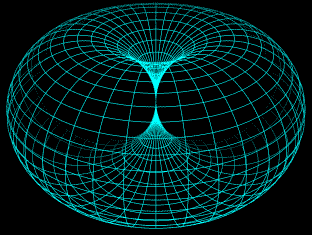 |
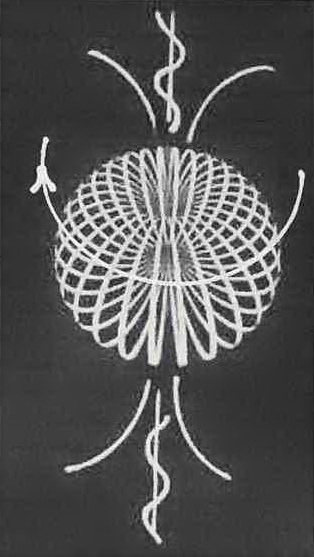
Open Torus Fields
in Surrounding Dark Matter |
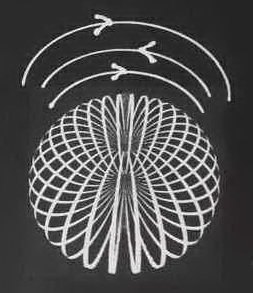
Open Ring Fields
in Surrounding Dark Matter |
The
Proton is
a complex universal particle structure and is the first major building block of the
Universe. That is, if you don't count magnetic strings. It has a Horn Torus configuration.
All this evolution complexity happens because the
density, energy level, size and orientation of Universal Particles in the Dark
Matter Sea, is just right at
this stage of the expansion. The evolving Proton is in balance with energies of
the moment. It's sort of like in a rain cloud at a particular moment in time,
temperature, pressure, and amount of water vapor, etc., all those energies are
synergetic. Because of the balance, all of the rain drops that develop are the
same size. The developing Proton would logically follow a similar evolution.
The newly formed Proton now consists of UDMP's in a looping
configuration, locked by the forces of magnetism. This means it can't add
or subtract particles to its closed loops in response to energetic encounters, although it can get
bigger or smaller. This is because it is made of universal particles that can still
expand or contract. At this point, the Proton is independent and is free to move
on its own.
As you have already found out, just about everything
in the universe is in motion of one kind or another. This is true for the
Proton. The Proton has its internal energy, as well as external energy. When the
whole proton spins on its axis, it will develop sympathetic magnetic
fields in surrounding Dark Matter. These fields come in two flavors, Torus
fields and
Ring fields. The Torus fields are pole attracting, or emanating spinning energy chains of Universal
Particles, that spread out from the protons N S pole axis.
(b) The Ring
fields are spinning circular fields of Universal particles expanding outwards perpendicular to the axis
of the rotating proton. (equatorial stacked fields). They are quantum in nature. These
ring field
structures are not closed, which means they can add or subtract universal
particles.
A more in-depth discussion of Quantum Ring and Torus fields are available on the
Quantum Field page.
Electron
a
PENN particle
Notice its Orientation
A simplified, partial configuration.
Each green
universal
particle is spinning
ccw.
The whole structure is rotating
ccw.
The open cw fields are not shone. |
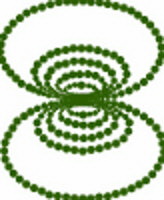 |
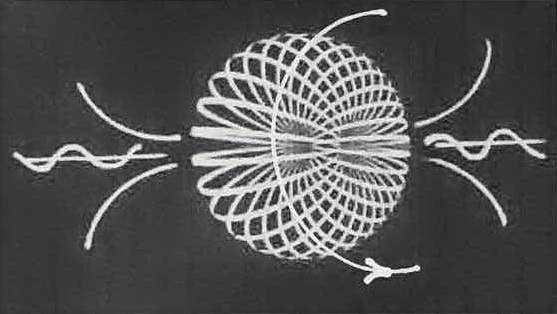
spinning closed Horn Torus Electron
with open Quantum Torus fields |
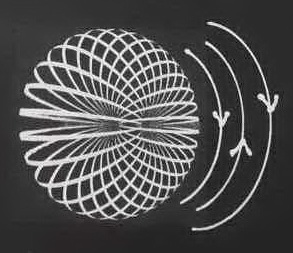
Both Torus and Ring fields
are swept away after formation |
Electron
- A negatively charged structure of
ccw looping, Twine Size strands of universal particles, passing through a center axis. Made
from the looping energies of the Protons Quantum Ring Fields. It also has a closed Horn Torus
configuration, and resides orbiting in the outer Ring
Fields of Protons, or Atoms.
(b) Each
of the Electrons closed Looping fields has ccw
spin energy, which in turn, gives it a negative charge.
(c) The whole electron normally is
rotating ccw, if not encountering contradicting force's.
(d)
Because of the pole to pole to pole string nature of Torus fields, produced by spinning atomic
cores of atoms, the electron can not, and does not orbit in these fields. It is
repelled by them. The electron can only orbit or pass thru Ring Fields.
* Creating
an Electron - We have established so far, that Protons have a Positive Charge.
This is because the dominating area of closed looping internal fields, rotate
cw. (a) When
Quantum Ring fields of the proton form, it doesn't change the relative state of
the proton, but it does, in step, change the quantum attraction repelling force.
The Proton and its Quantum Ring Fields still has a positive charge. Nature
doesn't like this imbalance and forms a cloud of universal particles
in the outer fields of each proton. This cloud is considerably smaller and is in
orbit of the Proton System in a single plane. Because of the quantum fields
gravitational and magnetic influence, the cloud develops cw and ccw looping
magnetic Torus Strings while streaming along in a neutral magnetic corridor. The
developing N and S poles of the electron are 90 degrees off the Ring fields
plane. This is because of the stacked rotation of the Protons Ring fields, and
their spin energy. These new magnetic strings will intertwine, extend and
eventually loop around. When this happens a Horn Torus structure evolves and
then only
the ccw twine looping strands bond.
Oh My, what do we have now? We have a Locked Horn Torus Proton, Quantum Ring
Fields, and a much Smaller Horn Torus Electron, with an opposite electric charge
that's in orbit of the protons outer ring fields.
Quantum Ring fields of the
Electron - If an Electron was
left alone in the Dark Matter Sea and had little or no lateral motion, it would
develop Quantum Ring Fields just like the Proton, but, they would be super
small, and with tiny intervals. Substantial Ring Fields don't
develop for the electron because of its fast orbital motion.
They are swept away. (b) Because of the electron's tiny
size and negative charge, the outer quantum fields of other atoms with a deficit
of electrons or positive charge, will have quite an
attraction for another electron if there is a substantial difference in magnetic
attraction. When one of these atoms snag an electron, it gets caught, and now has a new
home until a changing environment forces the electron to relocate. Protons do
not do the jumping from one atomic structure to another, thus balancing charges,
only electrons do.
Positron - Now it gets interesting. The
Electron has both particle spin energy and different structural rotation energy. Normally the Electron as a whole, is slowly
rotating
ccw but, if it is magnetically forced, it can rotate cw, thus
reversing its internal closed looping spin energy, and creating a Positron. It all depends on
the degree of compression and the persistence of external movement to
make this happen.
Electrons
and Atoms Quantum Ring Fields - An Electron orbits in a neutral magnetic
corridor between outer ringed quantum fields of an atom. If an atom encounters more
energy, it can add particles to its outer quantum fields thus compacting the
inner ones. This in turn, unbalances the structure. Now the electrons who are
busy zipping about have more restriction. To maintain their motion they must
jump into a different corridor with less resistance (a quantum leap). This causes a disturbance in the atoms vibration. That's right, this is how
spectral lines come into existence. Electron re-location works both ways. When
an atom increases quantum fields, they jump outwards. When it loses energy, they
jump inward (absorption lines, emission lines). * TLU - Forget about the
electron producing photons while quantum leaping. It is the vibration of the
atom itself that produces light waves and spectra lines.
The Photon Concept was created to explain how
light travels in a spatial nothing, creditability level 2. TLU says, There is no
evidence for Photon creation, construction, reception or propagation.
Finally,
it is important to note that a Proton and its Ring Quantum Fields made the Electron
and not the Big Bang. The electron is much smaller because in its development it was
orbiting the Proton System. Also, an electron is not pure energy, it has mass.
It is not a massless particle like some scientists theorize, this is because only
the spin energy of
spherical particle matter can create polar magnetism, and, an electric charge.
You have to have matter to do this. TLU - The
forming Electron has been simplified for understanding. The Electron cloud is
not only orbiting, but the Proton and universal particles of the Quantum Fields are
rotating as well. All this movement has a very complex interaction with the
forming Electron structure.
|
Proton -
Electron - Neutron -
Neutrino -
(PENN particles)
second, third, fourth and fifth basic evolutionary particles |
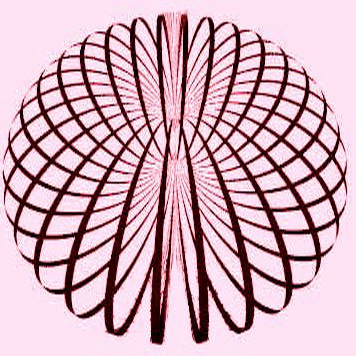
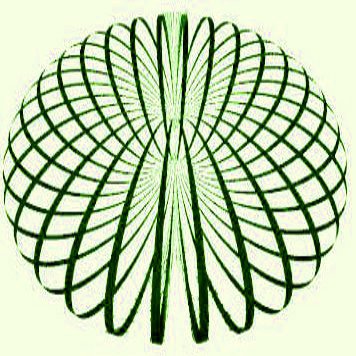
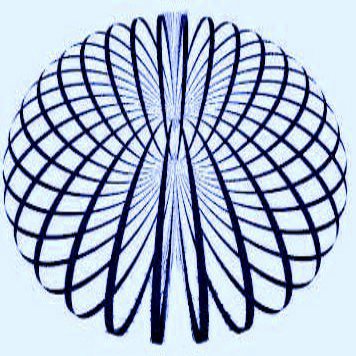
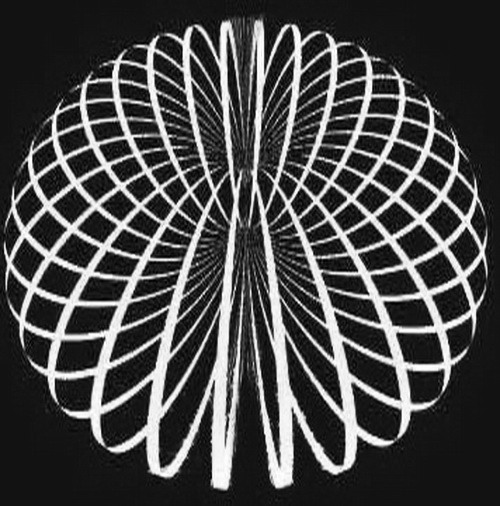
Simplified
Horn Torus configurations
|
The Proton, Electron, Neutron and Neutrino
are magnetically locked and closed, therefore, they can not add or subtract
universal
particles to their closed looping fields, but, they can still expand and
contract because they are composed of
open and closed Torus Chains of Universal
Particles. After the Universal Particles form, the PENN particles are next, not
the Quarks Leptons
Bosons Hadrons
and Fermions. (QLBHF"s).
The Proton evolved naturally from the energies of the Big Bang and is far denser
than the Electron. It does not have a nucleus, it has an axes. The Yarn size magnetic looping fields rotate all
around for 360 degrees, then only the cw rotating looping fields go through a
common axis at the center. It's sort of like a doughnut.
The same structure applies to the Electron Neutron and Neutrino, except for the
difference's in which size and rotational fields pass through the center. With the Neutron
and Neutrino, both cw and ccw loop through the
center axis.
|
Neutron
another PENN
particle
|
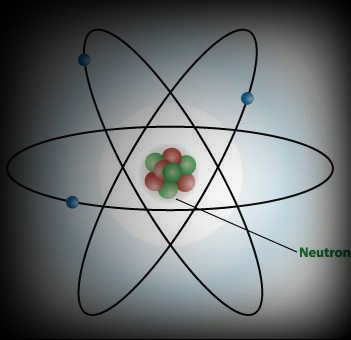
|
The Neutron is a Prime Building Block of the
Universe. It can link with Protons if specific
conditions are Present. The Neutron has no electric charge. It is a structure with cw and ccw closed looping
fields, passing through a center axis. It is made by compressing a
Proton until the ccw fields push their way thru its center, and
magnetically bond.
The
newly created neutron structure helps stabilize other protons and neutrons in an atomic core. If a proton and neutron are forced
close together, they can pair up without breaking their loops. This is because
of the attraction force of the neutrons ccw fields with the
protons open ccw fields.
No closed loops of either structure breaks. This is because they
magnetically couple but not physically. This bond is weaker
because the ccw fields of the proton are not closed. The proton must maintain balance, therefore will resist losing its
non-looping fields. This in turn, is what keeps protons and neutrons together
and overcomes the proton repelling force. That's right, this is the glue that
binds the nucleus of an atom. No super strong looping magnetic fields
have been broken.
This phenomena is called the Weak
Nuclear Force, it is not the strong force. The strong force is the
individual strength that holds Protons, Electrons and Neutrons together.
Neutron Quantum Ring
Fields - Neutrons don't develop extensive external Torus / Quantum Ring fields because it is electrically
neutral, and has no unbalanced internal spin to make it rotate.
Neutron / Proton Coupling - When the Proton and Neutron
link together, there is no individual rotating going on, they become stationary
to each other, but, the pare now has collective spin energy. The Proton and
Neutron still have their own internal structure and characteristics. What is remarkable about this is,
the spinning, vibrating, magnetic atomic nucleus, now creates unique quantum Torus and Ring fields.
When you add more protons and neutrons to spinning atomic cores, the quantum
ring and torus fields that are created, have unique quantum properties. In other
words, Atomic Quantum fields are different for each element or isotope.
Finally, The
Neutron's matter will always be the same, but its size, gravity and mass can change.
Also, it can never change back into a Proton. (b)
A free Unaccompanied
Neutron doesn't decay in minutes like some scientists think, it will last as
long as the internal energy is functional. That's because, as with all
structures in the Universe, they are constantly being squeezed and stretched.
Lastly, the neutron can pass right thru containment or
quantum fields with little or no restriction. This is the reason that
scientists think the neutron decays so fast. It doesn't really, it just quickly
fly's away.
Neutrino

Simplified Compression Neutrino
Last of the PENN particles
|
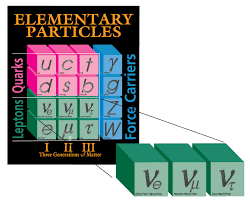
Standard Model Fission Neutrinos
These are not evolutionary particles |
Neutrino - A
neutrally charged structure of cw and ccw, looping twine size magnetic fields, passing through
its center axis. It is made by compressing an
Electron.
Neutrino internal Torus
Fields - There is no
doubt that a Proton can be converted into a Neutron by just the right compression. This
means so can an Electron. If an electron is caught in a high compression
instance, it would also force the cw magnetic fields through its center, along
with the ccw loops. Because the electrons are active in outer
orbits of quantum ring fields, the environment for compression would be complicated,
but it is certainly possible in such an instance as a star explosion.
(b) Neutrinos cant form by them selves
because rotational and counter-rotational strings would cancel each other out in
the larger magnetic field forming process. It would take an Electron to form
first. This is new thinking but is in perfect harmony with all the criteria set
out by the Logical Universe. It is logical, relative, fits into evolution and
explains the observations of neutron and neutrino behavior. The neutrino once
created can zip around space at will, because of its neutral charge. It is an
amazing little Particle, but, as of this writing, it has no known purpose in
creating any major events of cosmic evolution.
* Finally - There
seems to be confusion about neutrinos of the "Standard Model" and neutrinos of "The
Logical Universe." It is the prediction of TLU, that a Compression Neutrino is a
stable and closed structure and is an interstellar traveler. It was made by
compressing an Electron in such an event as a Nova explosion. On the other hand,
Fission Neutrinos (Exotic Neutrinos) are the result of collisions of subatomic particles.
(Protons, Neutrons and Electrons). They have
quite different structures. They are similar in size and electric charge but are
unstable. These are the Ve, Vu, Vt Leptons. Because Fission Neutrinos didn't
evolve by the harmonious pairing of fundamental matter, they try to balance out
their systems after force separation, thus changing magnetic and structural properties in the
process. TLU - A profound question... Can neutrinos bond with
electrons? At this time there is no answer but the question is very, very interesting,
If this could happen, the environment to promote such a bond would be
very rare indeed.
QLBHF particles -
Fission Particles
Particles of
destroyed
Protons - Electrons - Neutrons and Neutrinos |
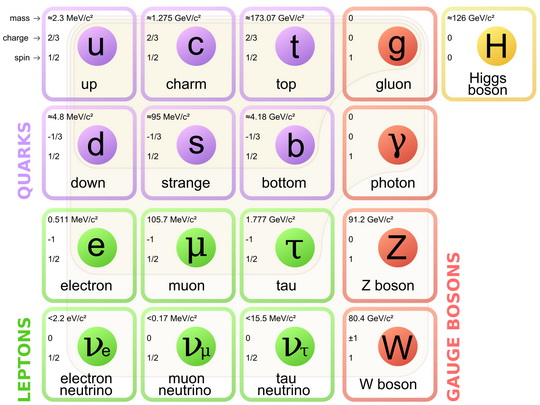 |
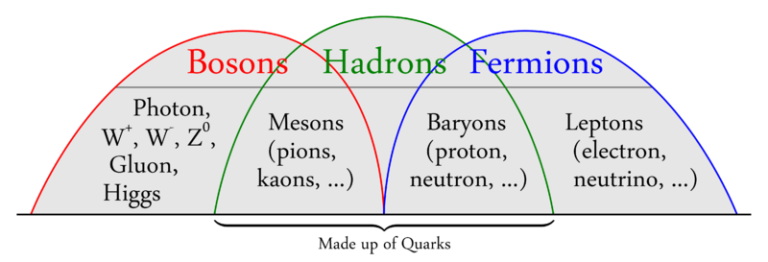
Yes these are all particles, but they are not
the building blocks of the Cosmos |
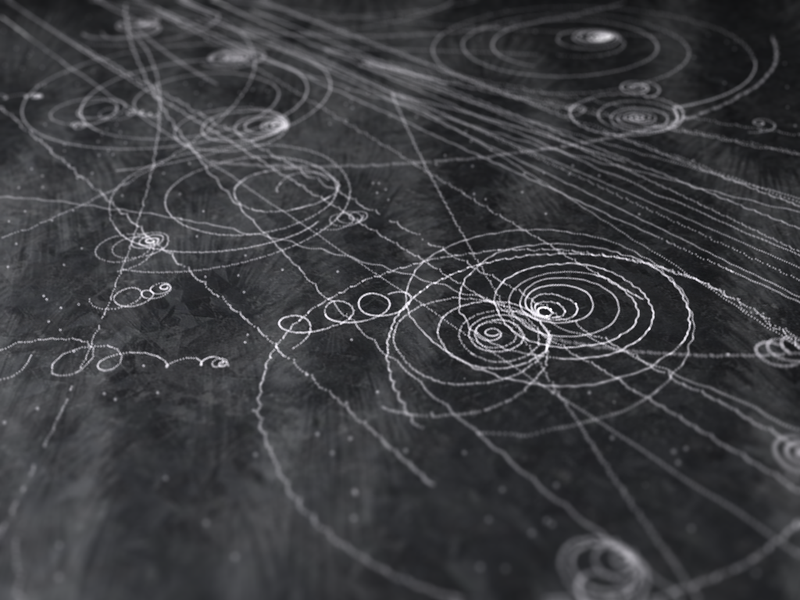 |
QLBHF's or Fission particles are created by collisions that break apart fundamental
structures, such as protons, neutrons, electrons. The resulting splinter groups
are not in a SML state. They are highly unstable and immediately try to
re-group. This means they can change electrical and magnetic configurations
while reconfiguring their composition. Most can only exist for very brief
moments before they are reabsorbed into the Dark Matter Sea, but some may
achieve relative stabilization. There are thousands of these splinter particles
with all kinds of magnetic properties because of the chance separation
from the parent body. Therefore, fission particles most certainly didn't
evolve by the pairing of basic spherical matter. They were brought into
existence by sudden and violent fission energy, or. when extreme ripping
currents destroy atomic nuclei.
|

|
Fundamental Structure / Particle Creation - Time Line |
Big Bang
Black Star Destruction |
(1)
Universal
Particle |
(2) Torus
Strings
polarized space |
(3) Evolution
Particles
Proton Electron |
(4) Compression
Particles
Neutron -
Compression Neutrinos |
(5) Fission Particles
- Quarks Leptons Bosons
Hadrons Fermions
- Fission Neutrinos |
In Conclusion -
It is logical to
assume that Compression Neutrinos are relatively rare, while Fission Neutrinos
are not. Fission particles can easily be produced by colliding atomic
nuclei or subatomic
particles in Stars, the Atmosphere, Accelerators or Reactors. Energies of Nuclear
Fusion and Super Nova explosions are needed to create neutrons and neutrinos.
That's why they evolved later on the time line. Fission Particles, which
includes exotic Neutrinos, are produced by collisions. (breaking apart
established structures), that's why they are last and not first.
TLU - A footnote in particle evolution.
When
magnetic fields become closed loops, it is a very strong binding
relationship. (strong nuclear force). That is why the Proton, Electron, Neutron, and Neutrino are locked
and fixed systems. They do not add or shed
universal
particles to their closed loops for balance, although they can still get bigger or smaller. The
Atom is also a SML structure, but it is not closed. The Atom can add or shed
universal
particles and increase or decrease the number of Quantum Ring, Torus Fields.
This is what creates its balance.



















